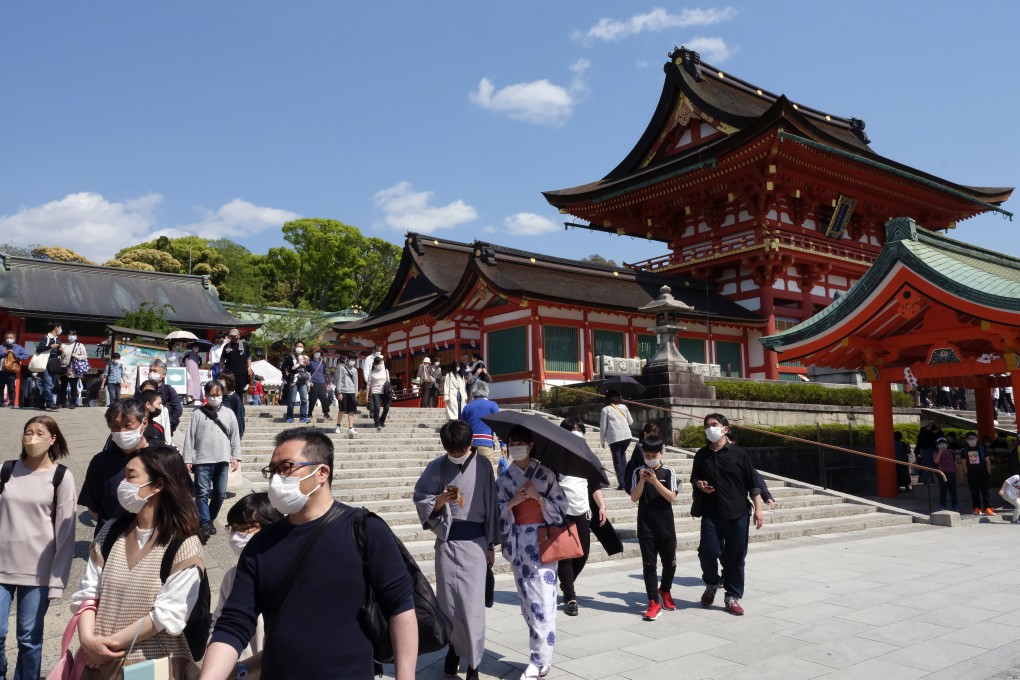Tourism in Asia is bouncing back, but can the rebound survive a global recession?
- From Singapore and Malaysia to Indonesia, Thailand and Japan, inbound travel protocols are being relaxed and international visitors welcomed back
- But the region’s tourism rebound risks being grounded by the combined effects of soaring food prices, runaway inflation and global supply chain disruptions

The sigh of relief was palpable across Asia as countries began lifting strict Covid-19 movement restrictions to allow in foreign travellers after two years of living in the shadow of the coronavirus.
Travel surged as people celebrated their renewed freedom of movement, but for governments and tourism industry players, the reopening of borders addresses the more existential issue of survival.
The total number of international arrivals in the Asia-Pacific region plunged by 94 per cent to just 21 million in 2021 – compared to more than 360 million two years earlier before Covid-19 struck – according to data from the World Tourism Organization.
For many tour operators and airlines, that meant major job cuts, or even closing up shop for good.
But for those who managed to tough it out, the reopening of international borders has presented an opportunity to rebuild with fewer competitors.